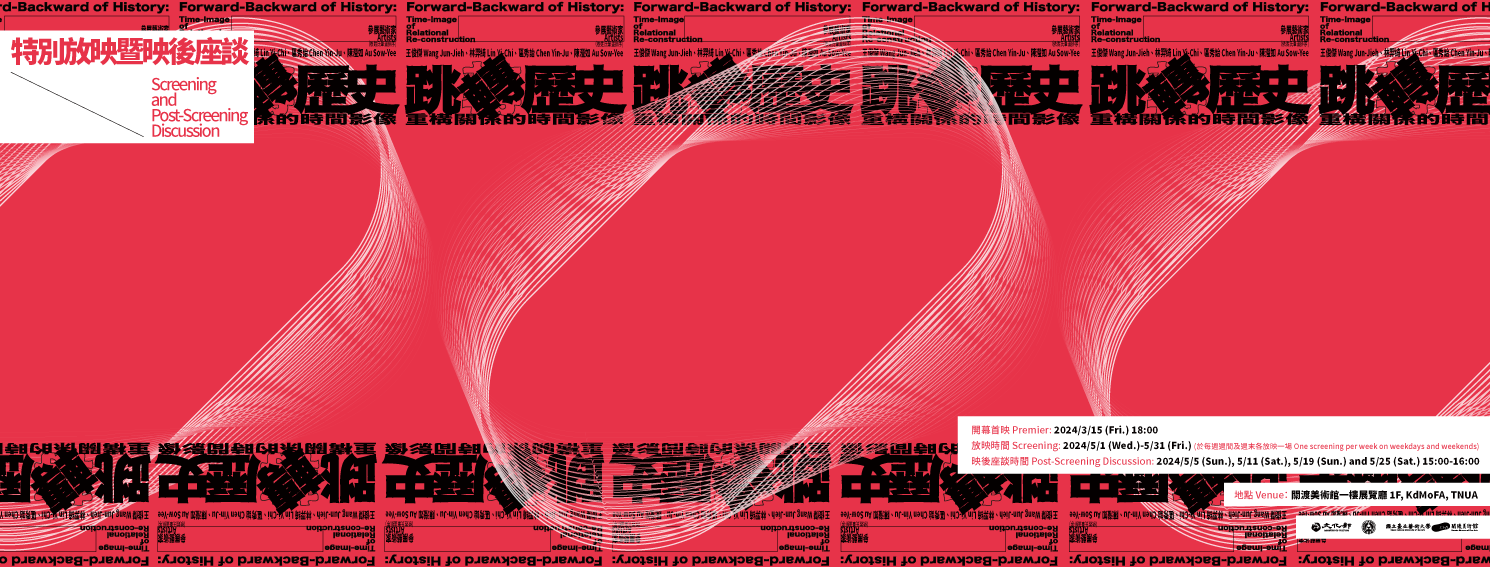Chen Yin-Ju|Extrastellar Evaluations III : Entropy : 25800
Single-channel video, B&W, Color, Sound/17’00”/2018
The final chapter of the "Extrastellar Evaluations" series, “Extrastellar Evaluations III : Entropy : 25800,” continues the narrative axis since 2016. It combines physics, astronomy, extraterrestrial legends, and cosmology to reflect on human civilization and the future.
Based on the concept of “Great Year” (note 1) referred to in both astrology and astronomy, and the concept of “entropy” (note 2) as well as the thermodynamic second law, which points to energy disorder and the “heat death” theory of the universe. In “Extrastellar Evaluations III : Entropy : 25800,” the artist blurs the line between hypothesis and positivism by referencing a large amount of argumentative data. In the video, the artist “communicates” with the cosmic super-spirit RA, gradually unfolding the ultimate fate of the universe predicted by numerous scientists and astronomers: energy will eventually be depleted, leading to a “catastrophe,” where motion and life can no longer be generated in the future.
Note 1: "Great Year," also known as Platonic Year or Precession of the Equinoxes, is the time it takes for the vernal equinox to complete one full orbit along the ecliptic. It plays a significant role in Greek mythology, archaeology, astrology, and the study of myth origins. NASA estimates its cycle to be approximately 25,800 years.
Note 2: Coined by German physicist Rudolf Clausius in 1854, entropy was initially applied in thermodynamics as a measure of the unavailability of a system’s energy to do work and a gauge of irreversibility. It serves as a metric for the disorder of a system and is widely cited in control theory, probability theory, number theory, astrophysics, life sciences, information theory, ecology, and other fields.

